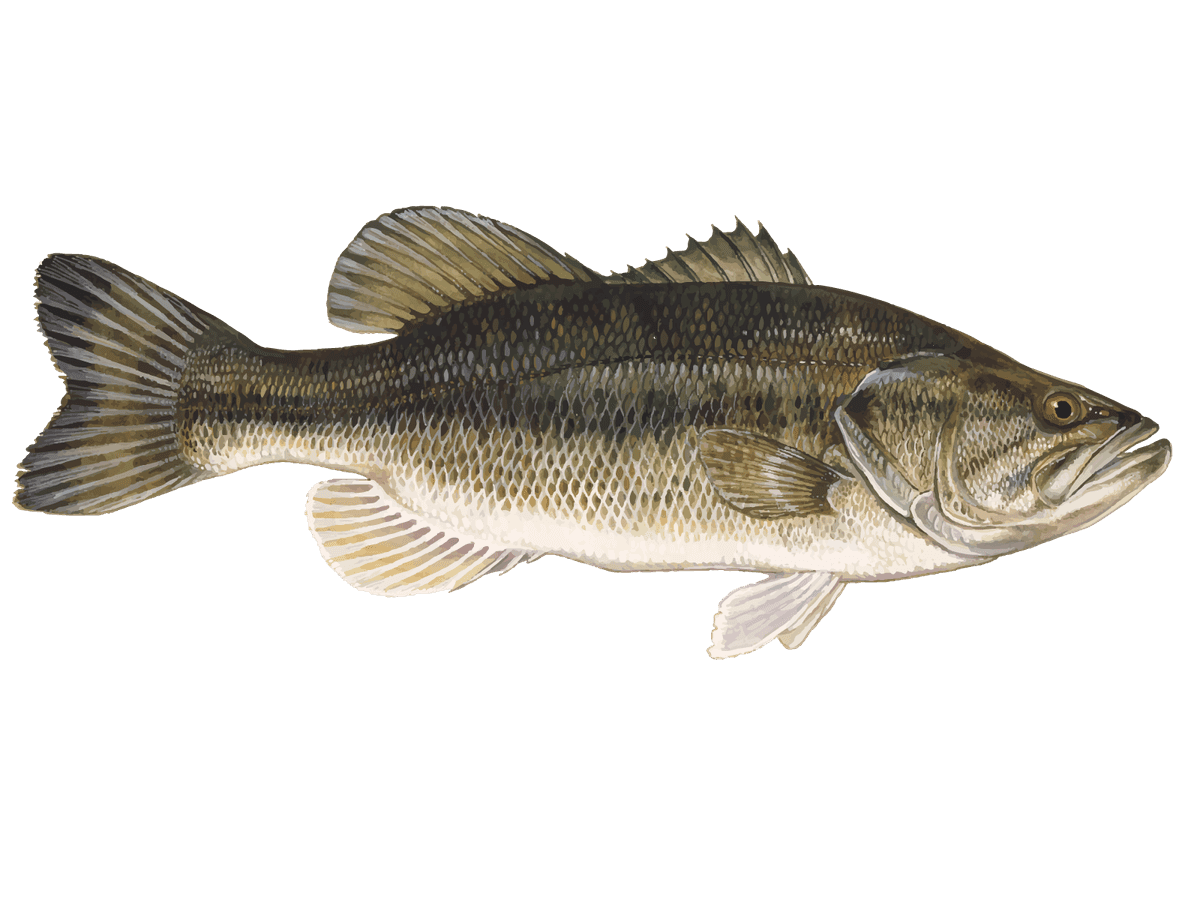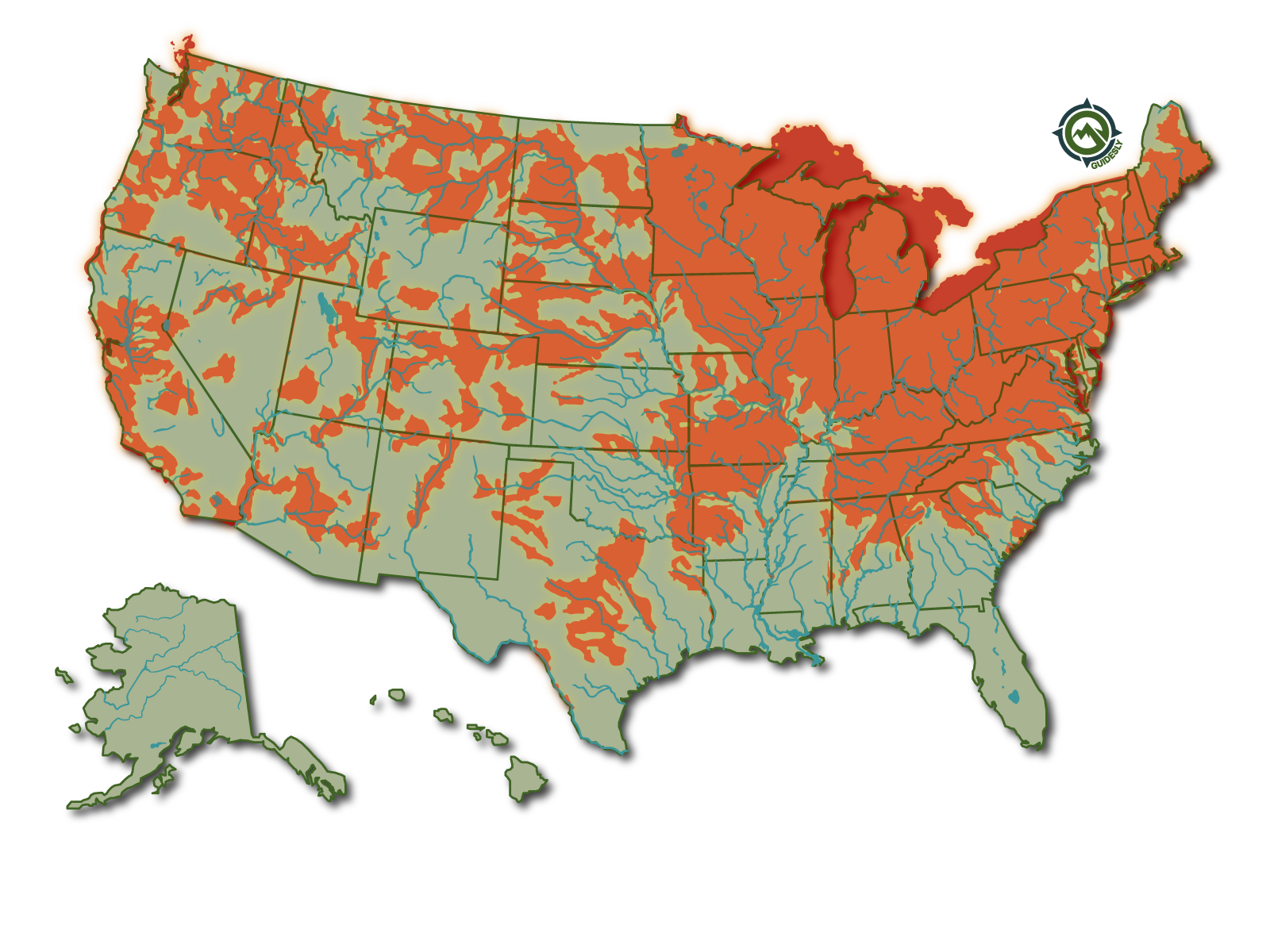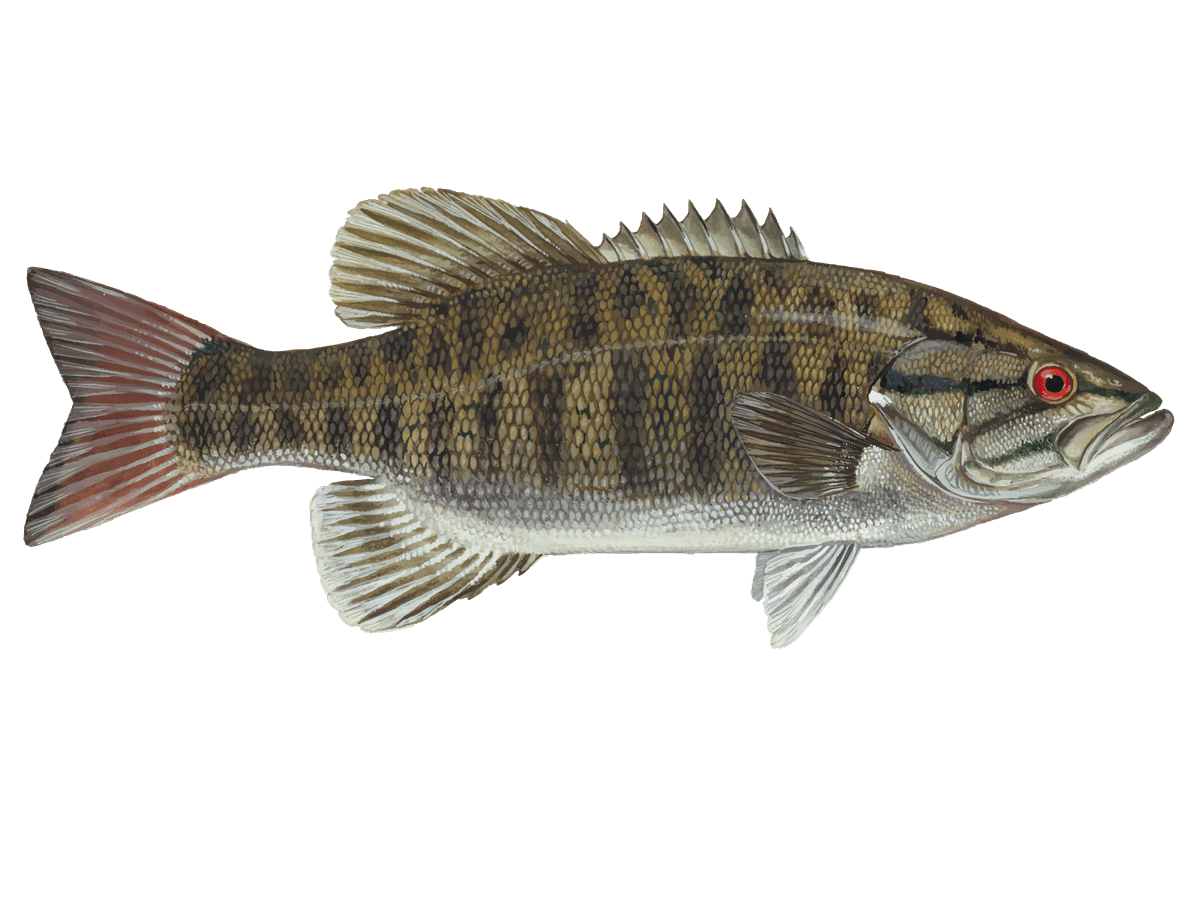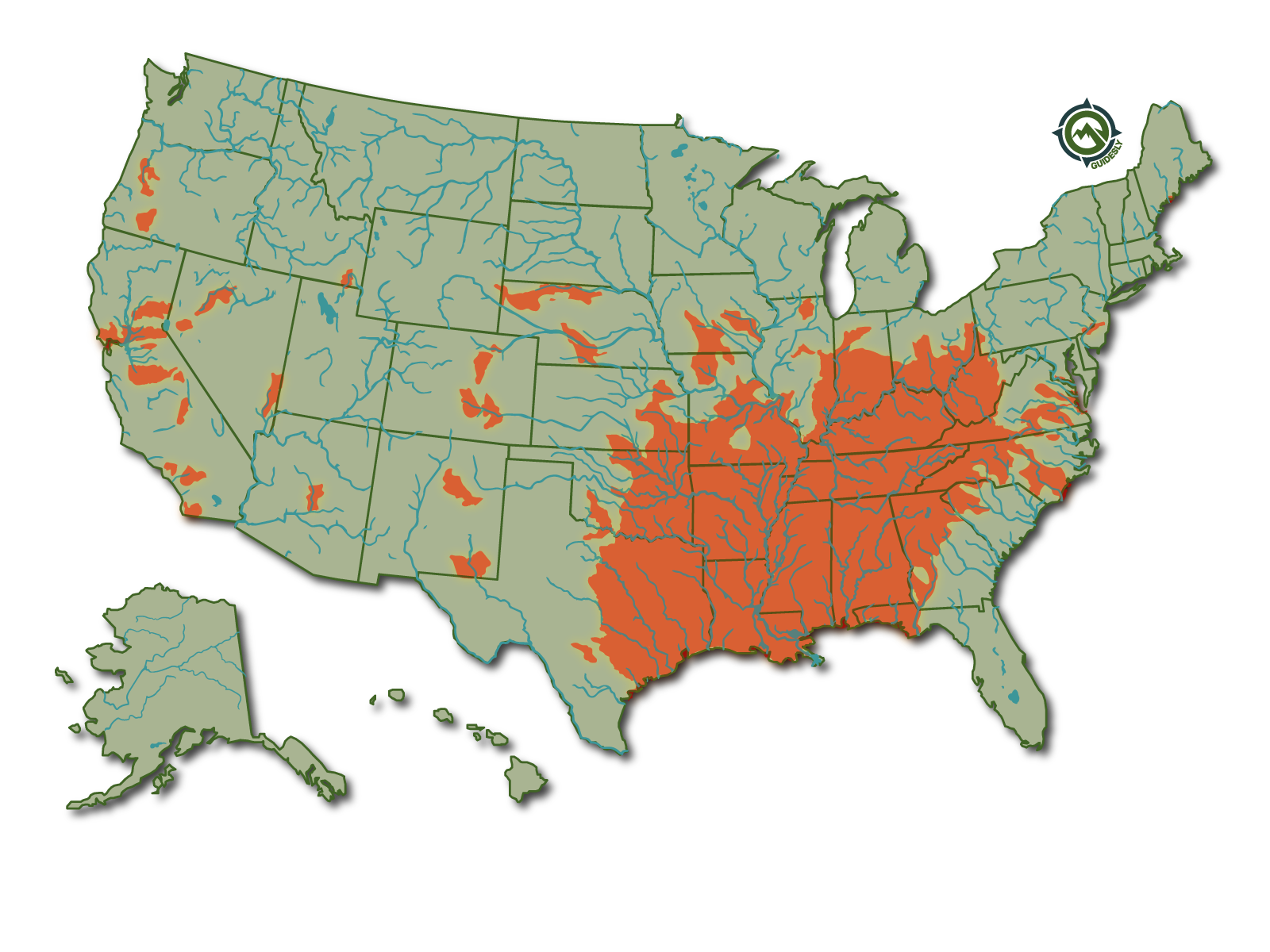Full-Day Bass Fishing with Reel Texas Tours
- Published Date: July 16, 2025
- Fishing
- Austin
- $400 - $600 price range
- Updated Date: October 15, 2025
Summary
%2F%2Fusers%2F18c20dcf-6507-43d3-ab15-68797f362989%2Fratecard%2F21aa5768-073e-4d46-a3e1-1f820ef2dd67.jpg&w=1200&q=75)
Big Bass Moments


Reel in Trophy Bass on Austin's Lakes
Hey there, fellow angler! Ready to tangle with some of the biggest, baddest bass Central Texas has to offer? Strap in for an 8-hour adventure that'll have you casting, cranking, and hopefully hollering "Fish on!" all day long. We're talking prime fishing on Lake Travis and Lake Austin, two of the Lone Star State's top-notch bass factories. Whether you're a seasoned pro or just getting your feet wet, Captain Randy Fesler's got the know-how to put you on fish and send you home with a cooler full of memories (and maybe a new personal best).
What's the Deal?
Picture this: You're out on glassy water as the sun creeps over the Texas hills, rod in hand, and a whole day of fishing ahead. This ain't no quick hit-and-run trip – we're talking a full 8 hours of prime time to track down those lunkers. Captain Randy's been chasing bass on these lakes longer than most folks have been alive, and he's got all the tricks up his sleeve to make sure you're not just fishing, but catching. We're after the trifecta of bass – Largemouth, Smallmouth, and Spotted – and trust me, when one of these bruisers hits your line, you'll know why anglers from all over flock to Austin for a shot at glory.
Tackling the Task
Leave your gear at home, folks – we've got you covered from hook to sinker. We're talking top-of-the-line rods, reels, and all the tackle you could dream of. Captain Randy's always got the hot baits tied on, whether it's chunking big swimbaits for those trophy bass or finessing a drop shot when the bite gets tough. And here's the kicker – as conditions change throughout the day, so does our strategy. Might start off working some topwater action in the morning, switch to deep cranking when the sun gets high, then finish off pitching jigs to laydowns. It's all about adapting and overcoming to keep those rods bent.
Fish Tales from the Lake
"Randy does a good job making your fishing experience good" - Jeffrey
The Bass Breakdown
Largemouth Bass: The kings of the lake, and for good reason. These bucketmouths can grow to monster sizes in Texas, with fish over 10 pounds not unheard of. They love to hang around structure – think boat docks, submerged timber, and weed edges. Spring is prime time when they move up shallow to spawn, but don't sleep on the fall bite when they're fattening up for winter. There's nothing quite like watching a big ol' largemouth crush a topwater bait at first light – it'll get your heart racing every time.
Spotted Bass: Don't let their smaller size fool you – these scrappy fighters punch well above their weight class. Spots love rocky areas and deeper water, often suspending over points and ledges. They school up more than their largemouth cousins, so when you find one, you've likely found a bunch. These guys are suckers for a well-presented drop shot or small swimbait. The best part? They're active year-round, so even when other species slow down, the spots keep biting.
Smallmouth Bass: The bronze bombers of the bunch, smallies are pound-for-pound some of the hardest fighting fish you'll tangle with. They thrive in the clearer, cooler parts of our lakes, often relating to rocky structure and drop-offs. These acrobats are known for their aerial displays once hooked – hold on tight! Late spring and early fall are prime time for trophy smallmouth, but they'll hit hard all year long. Throw them a tube jig or a ned rig, and hang on for the ride of your life.
Time to Wet a Line
Alright, folks, let's cut to the chase – if you're itching to battle some of the best bass fishing Texas has to offer, this is your ticket. Captain Randy's got the experience, the spots, and the passion to make sure your day on the water is one for the books. Whether you're looking to land that wall-hanger or just want to bend rods all day long, we've got you covered. The fish are waiting, the boat's gassed up, and all that's missing is you. So what are you waiting for? Grab your spot now, and let's go make some waves (and maybe break some personal bests while we're at it). See you on the water!
Customer Review
Randys Fishing Magic

Jeffrey H
March 12, 2024
Learn more about the species
Largemouth Bass
Largemouth Bass (Micropterus salmoides)
It is the most famous and biggest member of the sunfish family and is a renowned game fish. Largemouth Bass has a green or olive-green color body and dark or black horizontal markings on its body giving it the nickname black bass. It has a slightly forked tail and the soft rays on dorsal fins are separated by deep points.
The average adult Largemouth Bass averages 12 inches to 24 inches and weighing between 1 to 4.5 pounds.

Interesting facts:
- They are appropriately named having an exceptionally large mouth and when opened, the upper jaw goes well beyond its eyes.
- They are an angler's favorite as they give quite a fight when reeled out of water.
- Largemouth can detect their prey’s vibrations using their sixth sense called lateral lines as well as their keen sense of smell.
- Largemouth Bass are attracted to red color.
Where to Find Largemouth Bass

The Largemouth Bass mostly live in ponds, lakes, and medium-sized water bodies, but can be found near ditches and creeks. They like a warm place abundant in weeds and shallow muddy waters. The Largemouth Bass is only native to North America and is densely populated in the eastern and southernmost states. They now have been expanded to every state of America except Hawaii and Alaska. Due to its popularity as a game fish, the species has been introduced in many countries of Europe, Asia, Africa, South America, and Central America.
Spawning
When matured, largemouth bass usually spawns from late winter to late spring. The eggs are guarded by the male. When hatched the school remains for about 3 to 4 weeks under their father’s protection before dispersing. The optimum temperature when the eggs are laid is a steady 60 ºF or higher.
Largemouth Bass Size and Speed
Largemouth bass size and speed are two essential factors that anglers consider when fishing for this popular game fish. The largemouth bass is one of the largest freshwater fish species found in North America, with adult fish typically ranging from 12-24 inches long and weighing anywhere from 2-10 pounds or more. However, some specimens have been known to reach lengths of up to 30 inches, and the biggest largemouth bass ever caught weighed more than 22 pounds.
One reason why largemouth bass size is so important to anglers is that larger fish tend to be older and more experienced, making them harder to catch than their smaller counterparts. Additionally, larger fish can put up a much stronger fight when hooked, which adds an extra level of excitement and challenge for anglers. On the other hand, speed is another important factor that affects the behavior of largemouth bass.
Food
The Largemouth Bass's food consists of other fishes such as gizzard, shad, threadfin shad, golden shiners, bluegills, catfish, crayfish, and other smaller fishes. Snakes, salamanders, mice, bats, frogs, and other creatures are also victims.
Fishing Techniques - How to Catch Largemouth Bass
They are most abundantly found in places where it is easier to hide, such as sunken objects and thick weeds. Other spots include gradual shores, under bridges, open waters, and shorelines.
- Fishing with swim-baits is a highly successful way to catch these fish. There are both hard and soft varieties made out of wood or plastic rigged with hooks.
- Dragging is mostly used to catch Largemouth. Use plastic baits and Carolina rig. Most effective to use in the hard bottom and non-vegetated areas.
- In shallow water and grass-rich areas, try wacky fishing using straight worms and a variety of hooks.
You can use the jigs, crankbaits, jerk baits, hoppers, minnows, plugs, and live bait such as worms or minnows. These fish are abundant and you should be able to snag one with any of these on your hook.
For the fly fisherman, it’s important to have the right rig. An important thing to remember is that the Largemouth Bass does not spook easily and will put up a fight. With this in mind, it never hurts to pack heavy gear. A 6-weight will get the job done for most bass, but if you're looking for the big one, be safe with your 8-weight, it will always do the job especially when fishing big lakes and rivers.
When choosing your reel, just match it to whichever rod you’re using weight-wise. For bigger fish, we recommend using a disk drag as it will give you a more gradual resistance in the line with a sinking leader.
Use flies, primarily streamers, that are colorful and/or shiny. You will catch their attention with brightly colored flies in the murky water where they dwell. Using poppers is extremely effective as they are made to copy the actions of topwater food such as frogs which are a big part of their diet.
Weighted flies are especially useful in the late summer when the fish are down in deeper water where it is cooler.
What is the Difference Between Spotted Bass and Largemouth Bass
Spotted bass and largemouth bass are two of the most popular game fish in North America. While they may look similar, there are significant differences between them that make them unique. Understanding these differences can help anglers choose the right bait and technique to catch more fish.
Spotted bass have a smaller mouth than largemouth bass, making it easier for them to swallow smaller prey such as crustaceans or insects. They also tend to be more aggressive and will chase down their prey rather than waiting for it to come to them. Largemouth bass, on the other hand, prefer larger prey such as frogs or small fish and will often ambush their prey by hiding in cover before striking.
Another difference between spotted bass vs largemouth bass is their habitat preference. Spotted bass thrive in clearer water with rocky bottoms while largemouths prefer murky water with plenty of vegetation.
Is Largemouth Bass Good to Eat?
Are largemouth bass good to eat? The answer is yes, but with a catch. While it is safe to consume largemouth bass, it is important to consider the quality of the water where they were caught and any potential contaminants. To ensure the best taste and safety, it is recommended to only eat largemouth bass caught in clean, clear bodies of water that have been properly prepared and cooked. Overall, with the right precautions, largemouth bass can be a delicious meal for those who enjoy the sport of fishing and culinary experimentation.
Next, when it comes to cooking and eating largemouth bass, it's important to remember that the fish should be handled and prepared with care to ensure its quality and taste. To ensure that the meat remains firm and delicious, anglers should clean and store the fish properly, and cook it with the right seasonings and techniques. When done correctly, largemouth bass can make for a delicious meal, enjoyed by many fishing enthusiasts across the country.

Smallmouth Bass
Smallmouth Bass (Micropterus Dolomieu) Description
Smallmouth Bass belongs to the Sunfish family (Centrarchidae) and is a popular freshwater fish among anglers. Smallmouth Bass has a dark green or black color body, with vertical dark brown stripes that usually fade with age, and the color contrast may vary depending on the fish’s habitat. Their eyes are red or brown. They have two dorsal fins; the front one has 10 fin spines while the other has 10 to 15 soft rays.

Female Smallmouth bass are usually larger in size than males. The average size of smallmouth bass can be 18–20 inches. On average, they usually live only 5 to 6 years but can survive up to 15 years. Smallmouth bass found in lakes are larger than those found in streams and ponds. Females usually weigh from three to six pounds, while the males are around 2 pounds.
Smallmouth Bass Habitat

This bass species can be found in clear waters, such as ponds, lakes, and rivers. They prefer rubble and rocky bottoms. Smallmouth bass also prefer moderate temperatures, and they will swim deeper in the cooler water during summer.
Spawning
Smallmouth Bass spawn March-May when water temperatures reach between 59 and 64 degrees. The males build nests in the shallow waters of lakes and rivers. The nest is built building within 150 yards of where the male built his nest the previous year.
Diet
The Smallmouth Bass eats small fish, crayfish, and insects. They hide behind a fallen tree or a rock and attack when the prey is near.
Fishing Techniques - How to Catch Smallmouth Bass
A light breeze and calm waters are best suited to catch Smallmouth Bass. In spring and fall, they like to swim in open waters during bright days and warm temperatures. In summer, they swim deep under cooler water and are harder to find. It is best to fish for Smallmouth early morning or late evening.
Smallmouth bass are fighters. A spinning rod of light to medium action with a 6 to 10 pounds test line is recommended.
There are plenty of baits and lures that work successfully to catch these fish; insects, jigs, minnows, plugs, plastic worms, spoons and night crawlers. A favorite of anglers is to use spinning baits that when rigged weightless, can hang on top of the water. When the fish are in deeper water during the summer, use a rig with a weighted vertical drop hook.
Fly-fishing Smallmouth Bass is popular due to their abundance and strength. When you want to cast into deeper water, use a 6, 7 or 8 weight rod. This will be suitable for strong winds, landing larger fish, and a long cast. A longer rod, 81/2- to 9-foot, is good when you need accuracy for casting near shoreline structures or long-distance casting.
Is Smallmouth Bass Good to Eat
Smallmouth bass have a firm filet with a mild, yet distinct flavor that pairs perfectly with a variety of seasonings and cooking methods. So whether you prefer grilling, frying, or baking your catch, smallmouth bass is a tasty and versatile option that you won't want to miss out on. What's more, smallmouth bass are a healthy food option, as they are excellent sources of protein and Omega-3 fatty acids.
With any freshwater fish, you need to be mindful of the water you are fishing. Make sure if you are eating your catch, the water is clean and be aware that freshwater fish should always be cooked.

Spotted Bass
## Spotted Bass (Micropterus Punctulatus) ## Spotted Bass Description The Spotted Bass, also called Spotty or Kentucky Bass, is a popular game fish in the Centrarchidae family. It is a cylinder-shaped fish with its lower sides of its body having characteristic dark spots in rows. The color of the body can vary from light green to light brown. The Spotted Bass is frequently confused with the Largemouth Bass. Several key features distinguish them: jaw length, cheek scales, the dorsal fin, the tongue, and belly markers. Here are the differences in detail: 1. The most significant distinction between the two, and the quickest way to tell the difference, is by looking at the dorsal fin. The Spotted Bass has a top dorsal fin that is connected, while the Largemouth Bass has a separate dorsal fin. 2. On the Spotted Bass, when the jaw is closed, it does not extend past the rear of the eye; however, it does so on the Largemouth Bass. 3. The cheek scales on a Spotted Bass are much smaller than the rest of the scales on their body. Largemouth's scales are uniform in size across their body. 4. Spotted Bass have characteristic dark spots in the form of rows along the stomach. These spots fade gradually towards the belly. The Largemouth has a plain, white stomach. Other differences you may notice are: Largemouth Bass are generally larger than Spotted Bass. Largemouth Bass tend to jump and rush to the top of the water when hooked, while spotted Bass will dive deep and behave more like a Smallmouth Bass on the line. Spotted Bass tend to school more than Largemouth Bass. Spotted Bass primarily gravitate to structures while you will find the Largemouth Bass in cover. Spotted Bass Spawning ## Spotted Bass reaches maturity in their first year. Rock and gravel bottom are preferable spawning spots for them, with the temperature of water range from 57 to 74 F. Males guard eggs laid by females for four weeks. ## Spotted Bass Size Spotted Bass can reach 25 inches in length and 7 pounds in weight. ## Spotted Bass Interesting Facts The males keep guarding the fry even after hatching. They tend to group in schools, unlike other Bass species. Spotted Bass is a carnivorous fish as it primarily feeds on crayfish but can also eat in catfish, insects, and minnows. They cannot tolerate low oxygen saturation in very cold water. They are excellent fighters. ## Spotted Bass Fishing Technique The best fishing techniques for Spotted Bass are bait casting, spin casting, still fishing, and drift fishing. A favorite is a light-medium spinning rod and 6 lbs line of fluorocarbon. For fly fishing, just about every fly works well, such as poppers, streamers, poppers, and Clouser minnows. It can be a fun fish to catch for fly fishing as it puts up a tough fight. ## Spotted Bass Diet Young Spotted Bass usually feed on insects and zooplankton. As they grow into adulthood, their diet changes to fish and crayfish. ## Spotted Bass Baits and Lures Anything that can catch largemouth bass is perfect for catching Spotted Bass due to their aggressive behavior. Anything in your tackle box such as crankbaits, jerk bait, soft plastic bags are effective bait. You can also use topwater lures in the late afternoon and early morning. ## Spotted Bass Habitat and Distribution  ## Spotted Bass Habitat The Spotted Bass love to dwell in slow-moving clear water with rock bottom or gravel, such as streams or rivers. They are not found in brackish water and rarely enter natural lakes. ## Spotted Bass Distribution They are fairly distributed throughout the lower and Central Mississippi River Basin and Ohio basin. Spotted Bass can be found from Florida to Texas and east Texas from Guadalupe River to Red River. ## Spotted Bass World Record World Record Spotted Bass was caught by Nick Dulleck on New Bullard's Bar Reservoir, California, weighing in at 11 lbs. and 4 ounces. It was 24.25 inches and had a 20.75 inches girth.

About the 21’ Skeeter bass boat
%2F%2Fusers%2F18c20dcf-6507-43d3-ab15-68797f362989%2Fvehicle_picture%2Fb2f0d3db7e4b62f10e33a69d1d1a7e19.jpeg&w=1200&q=75)
Vehicle Guest Capacity: 2
Manufacturer Name: Yamaha
Maximum Cruising Speed: 60
Number of Engines: 1
Horsepower per Engine: 250
%2Ffit-in%2F250x250%2Fguide_websites%2F15107%2Fimages%2F1742406588326image-2025-03-20t014944.133.png&w=1200&q=100)
%2Fusers%2F18c20dcf-6507-43d3-ab15-68797f362989%2Fimages%2Flargemouth-bass-buchanan-dam-fishing-13133.png&w=768&q=75)
%2Fusers%2F18c20dcf-6507-43d3-ab15-68797f362989%2Fimages%2Fflorida-bass-buchanan-dam-fishing-3919.png&w=768&q=75)
%2Fusers%2F18c20dcf-6507-43d3-ab15-68797f362989%2Fimages%2Fflorida-bass-buchanan-dam-catch-7754.png&w=768&q=75)
%2Fusers%2F18c20dcf-6507-43d3-ab15-68797f362989%2Fimages%2Flargemouth-bass-buchanan-dam-fishing-7600.png&w=768&q=75)
%2Fusers%2F18c20dcf-6507-43d3-ab15-68797f362989%2Fimages%2Flargemouth-bass-buchanan-dam-fishing-9678.png&w=768&q=75)
%2Fusers%2F18c20dcf-6507-43d3-ab15-68797f362989%2Fimages%2Flargemouth-bass-buchanan-dam-fishing-4531.png&w=768&q=75)
%2Fusers%2F18c20dcf-6507-43d3-ab15-68797f362989%2Fimages%2Flargemouth-bass-fishing-buchanan-dam-9527.png&w=768&q=75)
%2Fusers%2F18c20dcf-6507-43d3-ab15-68797f362989%2Fimages%2Flargemouth-bass-buchanan-dam-fishing-4878.png&w=768&q=75)
%2Fusers%2F18c20dcf-6507-43d3-ab15-68797f362989%2Fimages%2Flargemouth-bass-buchanan-dam-fishing-4708.png&w=768&q=75)
%2Fusers%2F18c20dcf-6507-43d3-ab15-68797f362989%2Fimages%2Fflorida-bass-fishing-buchanan-dam-11232.png&w=768&q=75)

Randy does a good job making your fishing experience good